Vandaag in alle vroegte op pad in het rivierenland. Dit is altijd één van mijn favoriete landschappen geweest en er is altijd wat te beleven. Al voor de zon op is kom ik, als zo vaak hier, een paar Fazanten tegen. Die lijken zich hier prima thuis te voelen. De Fazant komt van naturen voor in Europa, maar niet in West-europese landen. De nu hier in het wild voorkomende exemplaren zijn afstammelingen van ooit voor de jacht uitgezette exemplaren. Door de Romeinen werden ze al in grote delen van Europa verspreid vanwege het lekkere vlees. Vanaf de 18e eeuw worden ze in grote getale gefokt en uitgezet voor de plezierjacht. Iets dat in Nederland verboden is maar nog wel illegaal gebeurt. De mannetjes zijn prachtig gekleurd, de vrouwtjes goed gecamoefleerd en onopvallend.
--------------------------------------------------------------------------------------------
Today we were up early and off to the 'land of rivers'. This has always been one of my favorite Dutch landscapes and there's always something to see. Before sunrise I see a couple of Pheasants which are quite common in this area. The Pheasant is native on the European continent but not here in Western Europe. The birds that live here in the wild nowadays are descendants from Birds that have been released for hunting. Since the Roman Empire they have been spread throughout Europe for their tasty meat. Since the 18th century they are bread in large numbers and released for pleasure hunting, which is forbidden in the Netherlands but still happens illegally. The males are beautifully colored, females are brownish and well camouflaged.
Today we were up early and off to the 'land of rivers'. This has always been one of my favorite Dutch landscapes and there's always something to see. Before sunrise I see a couple of Pheasants which are quite common in this area. The Pheasant is native on the European continent but not here in Western Europe. The birds that live here in the wild nowadays are descendants from Birds that have been released for hunting. Since the Roman Empire they have been spread throughout Europe for their tasty meat. Since the 18th century they are bread in large numbers and released for pleasure hunting, which is forbidden in the Netherlands but still happens illegally. The males are beautifully colored, females are brownish and well camouflaged.
Terwijl ik de Fazanten fotografeer hoor ik in de verte al een Blauwborst zingen. Deze keer laat hij zich van dichtbij vastleggen.
--------------------------------------------------------------------------------------------
While I'm photographing the Pheasants I can already hear the song of the Bluethroat from a distance. This time I can get some pictures from up close.
While I'm photographing the Pheasants I can already hear the song of the Bluethroat from a distance. This time I can get some pictures from up close.
 |
| Blauwborst zingt uit volle borst - Bluethroat singing |
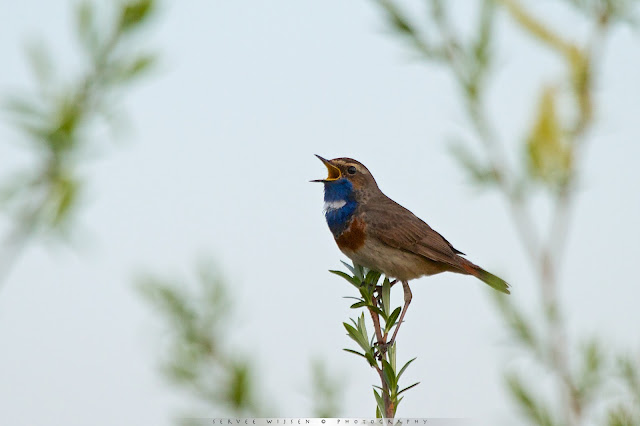 |
| Blauwborst - Bluethroat - Luscina scecica |
 |
| Blauwborst - Bluethroat - Luscina scecica |
Ook de mannetjes Grasmussen zijn volop aan het zingen. Ze maken een aantal nesten waaruit de vrouwtjes, die later uit het zuiden terugkeren zullen kiezen. Als geen van de nesten bevalt zullen ze zelf een nieuw nest bouwen.
--------------------------------------------------------------------------------------------
Male Whitethroats are also singing aloud. They build a couple of nests from which the females, who return later from the south, pick a favorite. If none of the nests is to her liking she'll build her own.
Male Whitethroats are also singing aloud. They build a couple of nests from which the females, who return later from the south, pick a favorite. If none of the nests is to her liking she'll build her own.
 |
| Grasmus - Whitethroat - Sylvia communis |
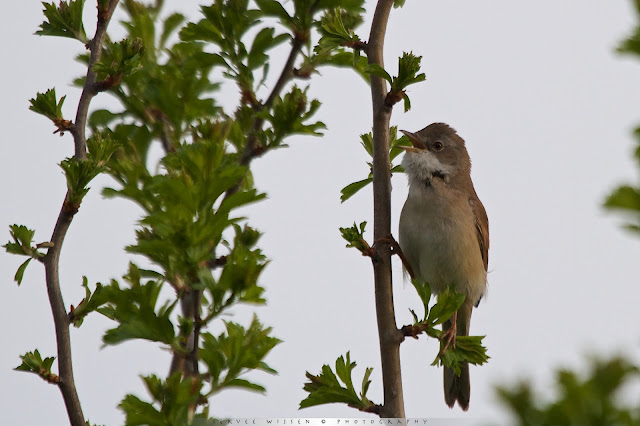 |
 |
In de uiterwaarden zijn een groot aantal Zwarte Sterns aan het foerageren. Licht als een veertje dansen ze boven het water en duikelen naar beneden om insecten van het water te plukken. In de broedtijd eten ze vooral insecten, verder staan ook vis en ongewervelden op het menu. Omdat ze zo beweeglijk zijn en onvoorspelbare buitelingen maken zijn ze moeilijk te fotograferen. En dan moet het oog ook nog net wat licht vangen om zichtbaar te zijn. Vandaag is het aardig gelukt :-)
--------------------------------------------------------------------------------------------
In the floodplains there's a large number of Black Tern foraging. Light as a feather they dance above the water and tumble down to pluck insects from the water surface. During breeding time they mainly eat insects, but fish and invertebrates are also on the menu. Because of their agility and unpredictable dives they are hard to photograph. And it's even harder to get a good shot which also has a catchlight in the eye to make it visible against the black feathers on the head. Today it worked out fine :-)
In the floodplains there's a large number of Black Tern foraging. Light as a feather they dance above the water and tumble down to pluck insects from the water surface. During breeding time they mainly eat insects, but fish and invertebrates are also on the menu. Because of their agility and unpredictable dives they are hard to photograph. And it's even harder to get a good shot which also has a catchlight in the eye to make it visible against the black feathers on the head. Today it worked out fine :-)
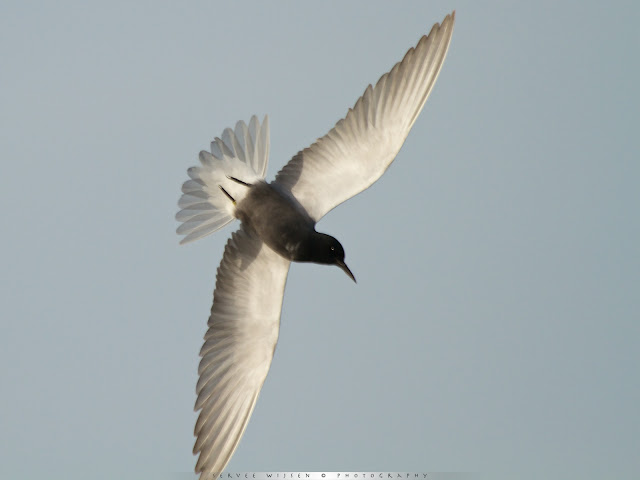 |
| Zwarte Stern - Black Tern - Chlidonias niger |
 |
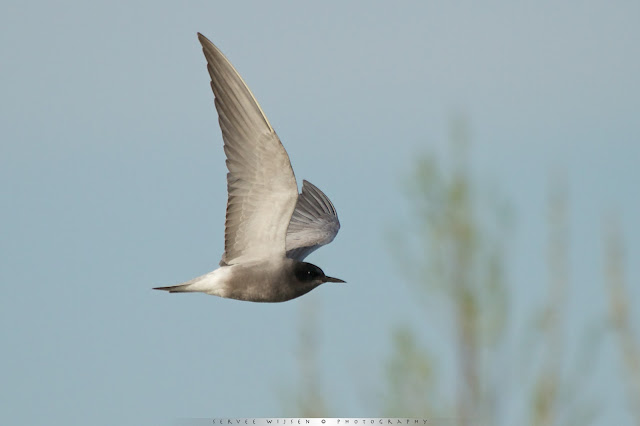 |
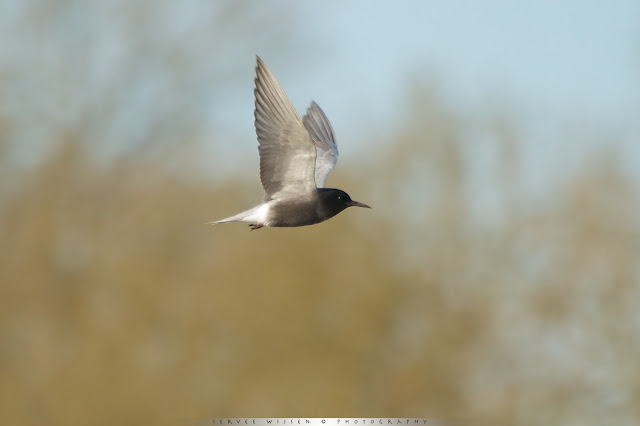 |
 |
--------------------------------------------------------------------------------------------
A couple of Oystercatchers turns up loudly and flies right over me.
Tussen de Zwarte Sterns vliegen ook een paar Visdiefjes.
--------------------------------------------------------------------------------------------
Among the Black Terns I also see some Common Terns.
A couple of Oystercatchers turns up loudly and flies right over me.
 |
| Scholekster - Oystercatcher - Heamatopus ostralegus |
--------------------------------------------------------------------------------------------
Among the Black Terns I also see some Common Terns.
 |
| Visdief - Common Tern - Sterna hirundo |
--------------------------------------------------------------------------------------------
While Driving over the dike I see a White Stork circling in the air. It has the number NLA2E302 on its leg ring. After a bit of detective work I find out it has been ringed exactly 311 days ago on the nest were it was born which is 28km away from were I photographed it this morning. Storks are typically ringed about five weeks after birth because from that time on their legs won't grow any thicker. So then one knows this bird is about to celebrate it's first birthday...hurray ;-)
While Driving over the dike I see a White Stork circling in the air. It has the number NLA2E302 on its leg ring. After a bit of detective work I find out it has been ringed exactly 311 days ago on the nest were it was born which is 28km away from were I photographed it this morning. Storks are typically ringed about five weeks after birth because from that time on their legs won't grow any thicker. So then one knows this bird is about to celebrate it's first birthday...hurray ;-)
 |
| Ooievaar - White Stork - Ciconia ciconia |
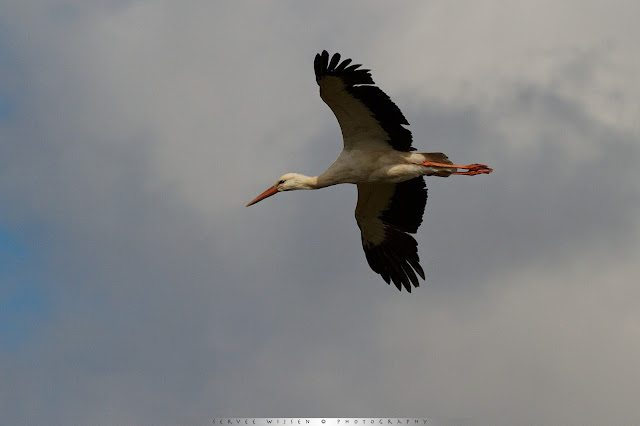 |
 |
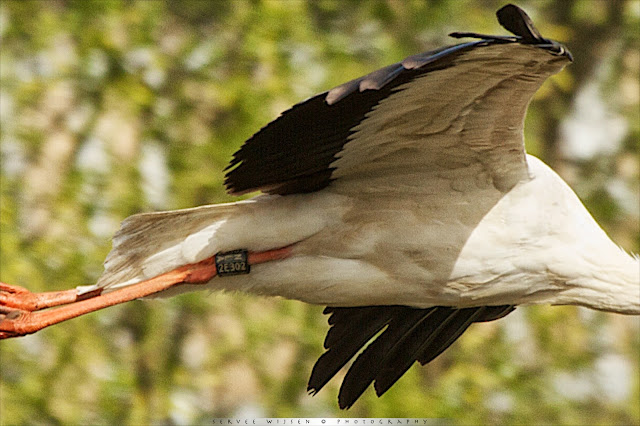 |
| Ooievaar - White Stork - Ciconia ciconia NLA2E302 |
Greetzzzz, Servee
Geen van deze foto's mag zonder mijn schriftelijke toestemming worden gebruikt voor publicatie of welk ander doel dan ook. Een link naar deze pagina is uiteraard wel toegestaan. Neem voor meer informatie contact op via mijn website www.serveewijsen.com
-----------------
None of the contents or photos published here may be used for publication or any other purposes without my written permission. linking to this page is permitted. For more information on using these images please contact me through my website www.serveewijsen.com

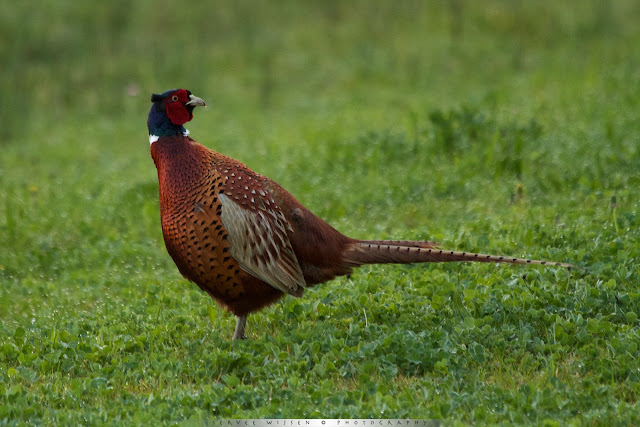


Geen opmerkingen:
Een reactie posten